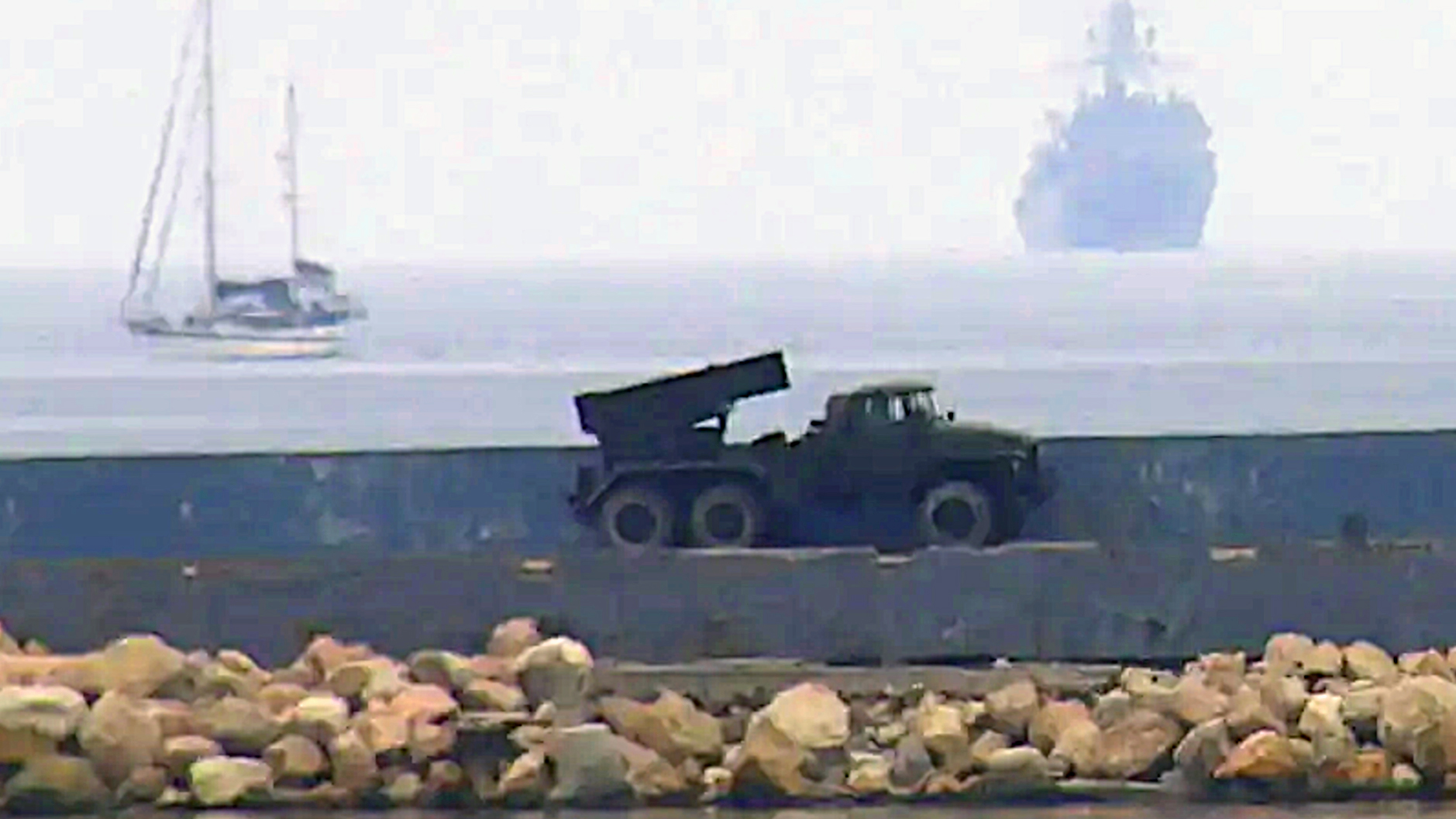The circumstances surrounding the drone boat attack on Russia’s Project 18280 Yuriy Ivanov class intelligence ship Ivan Khurs last week remain murky. However, a picture the Russian Navy released claiming to show the vessel undamaged revealed that at least one BM-21 Grad 122mm artillery rocket launcher is stationed on the breakwater at the mouth of the heavily-guarded Sevastopol Bay in Crimea.
The BM-21 would seem to be a very odd choice for this task, which points to this example being a rare variant specifically intended to help defend naval bases against enemy combat divers and other underwater threats. This would be a relevant weapon given the security situation around the highly strategic port.

Last Friday, the Russian Navy’s Black Sea fleet posted a number of pictures on social media that it said showed the Ivan Khurs arriving in Sevastopol that day, seemingly undamaged. You can read more on what we know about the apparent drone boat attack on the ship and its aftermath here.
What is clear from the Black Sea Fleet’s images is the presence of a BM-21 Grad 122mm multiple rocket launcher, or a variant thereof, positioned along the seawall at the entrance to Sevastopol Bay. Also visible in the picture showing this vehicle, seen earlier in this story, is part of a floating boom strung across the opening to the harbor to provide an additional barrier to things like small boats and uncrewed surface vessels (USV).
The photograph showing the truck-mounted rocket launcher follows the appearance of other additional force protection measures around Sevastopol since last Winter. This also includes an array of barges right at the entrance, multiple layers of floating booms at various points in the harbor, and the deployment of marine mammals trained to find enemy divers and other undersea hazards. A major Ukrainian drone boat attack on the highly strategic port in October 2022 looks to have provided the main impetus for this defensive expansion.
A standard BM-21 might provide at least a modicum of added capability against USVs and other maritime threats approaching the harbor as part of a layered defensive posture. A volley of high-explosive 122mm rockets could saturate a large area in front of the entrance to the port and could be useful for engaging a large number of incoming threats or for increasing the probability of hitting a bigger target. At the same time, even a large number of unguided artillery rockets would have limited utility against relatively fast-moving maritime targets. The time it would take to aim and fire the launcher at all makes such a proposition seem even more dubious. There are also major concerns about hitting other friendly assets that are also responding to an attack in the process.
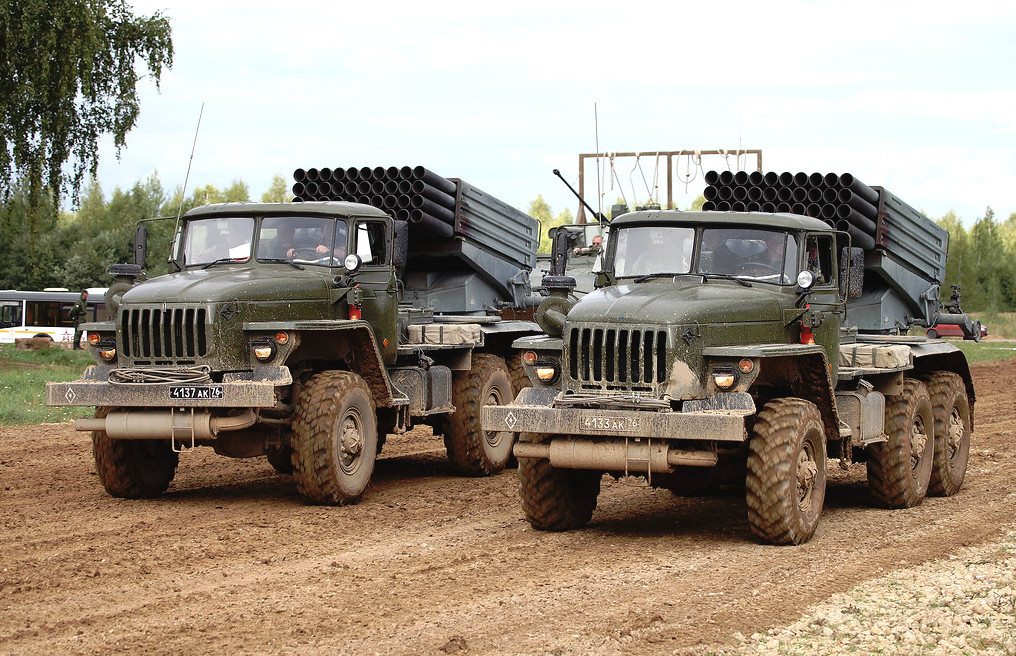
The limited utility of a standard BM-21, together with the rest of the specific context here, raises the distinct probability that the vehicle seen in the picture that the Black Sea Fleet released is actually a BM-21PD variant intended specifically for port defense. The BM-21PD, also nicknamed the Damba, or Dam, was first developed in the 1970s and is part of a complete weapon system called the DP-62. This includes special PRS-60 rockets and a dedicated ammunition transporter.

Compared to more traditional 122mm artillery rockets for use in BM-21-series launchers, which can reach targets anywhere from 15 to 40 kilometers (approximately 9 to 25 miles) away, the PRS-60 has a significantly reduced maximum reach of just 5 kilometers (just over 3 miles). The rocket’s warhead, which weighs some 20 kilograms (around 44 pounds), is essentially a small depth charge.
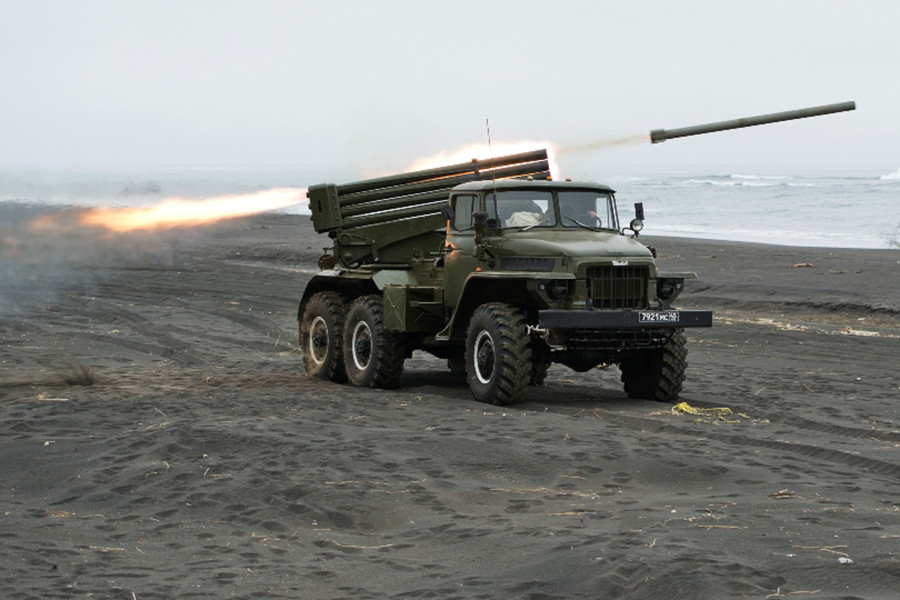
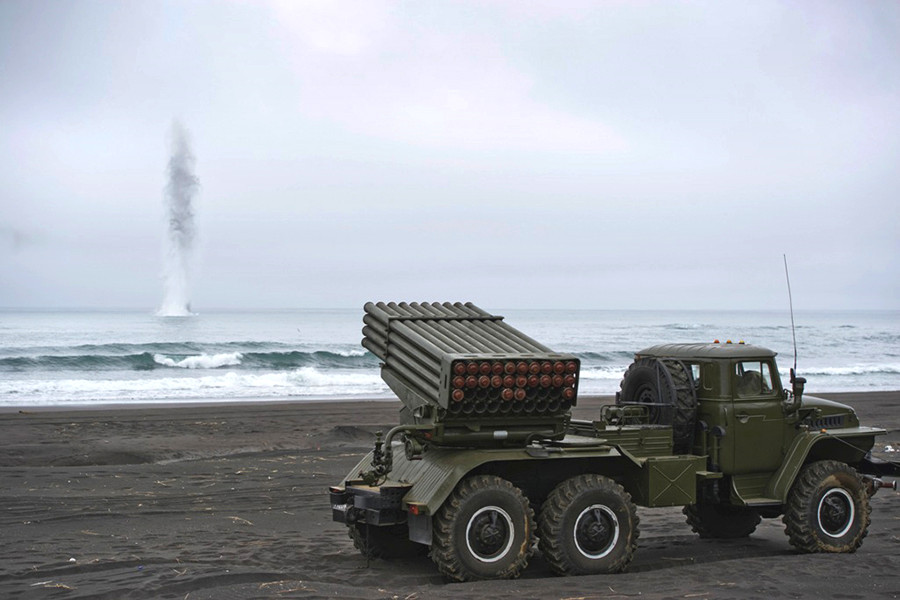
The PRS-60 is primarily intended to be used in volleys targeting areas where enemy combat divers might be lurking. They could also be employed against other smaller underwater targets, like swimmer delivery vehicles or unmanned underwater vehicles. Having a capability like this in place at an important chokepoint like the entry to Sevastopol’s harbor makes good sense.
The DP-62 is just one of an array of anti-diver weapons in Russian service today, which also includes man-portable and ship-mounted designs. The Russian Navy, and the Soviet Navy before it, has long put significant emphasis on countering enemy combat divers and related undersea threats. Russia’s Black Sea Fleet does have a dedicated maritime “counter-sabotage” unit in Sevesatopl that would be equipped with specialized weapon systems like the Damba.
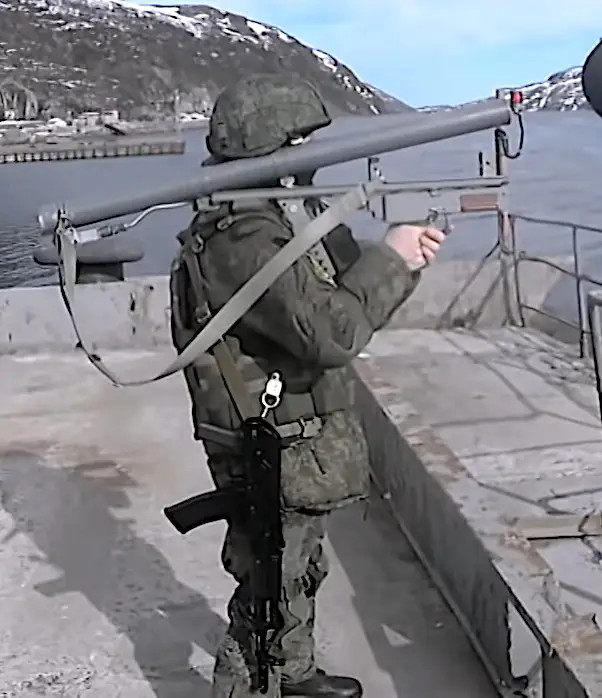
Russian maritime counter-sabotage units also have their own combat swimmers trained to engage their enemies more directly with specialized APS underwater rifles and SPP-1M underwater pistols, among other weapons.
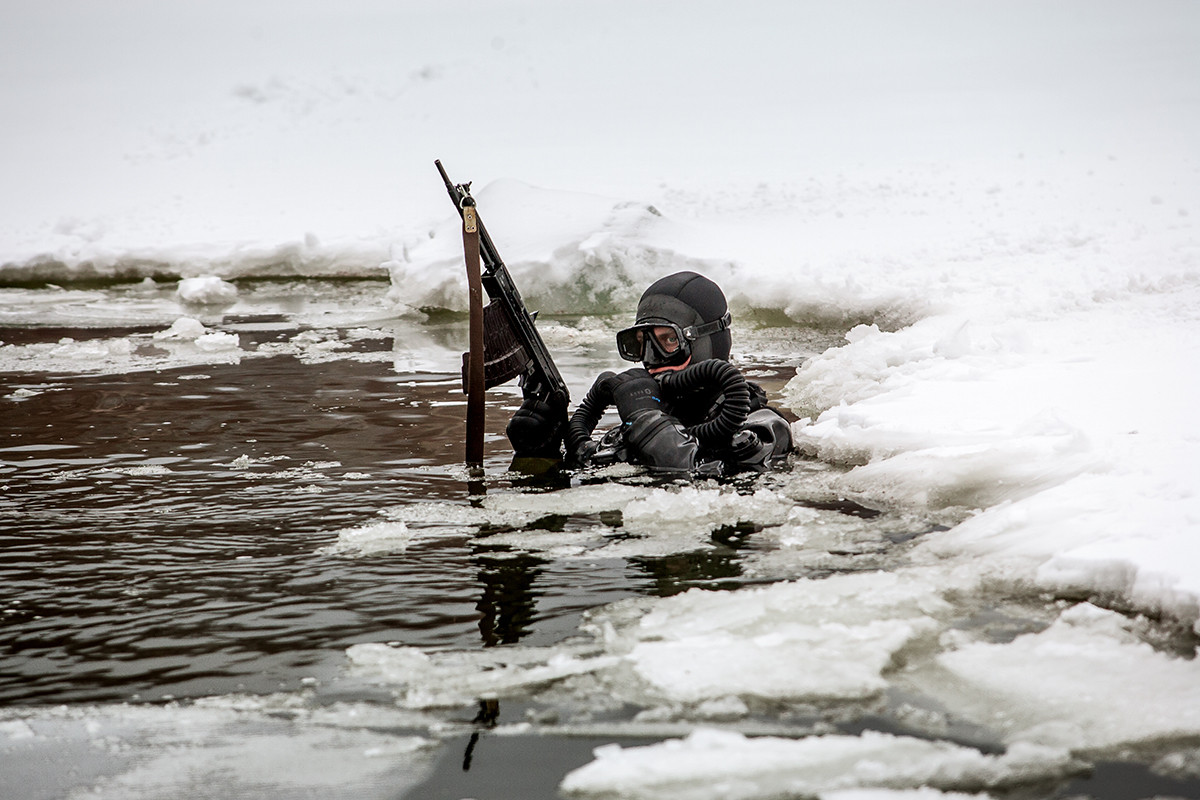
BM-21PDs are externally very similar to standard BM-21s, both being mounted on variants of the Ural 375D or 4320-series 6×6 trucks and having launchers with 40 tubes. Together with the relatively low quality of the Black Sea Fleet’s photograph, it is hard to say for sure whether the vehicle helping to protect Sevastopol is a Damba or not. At the same time, as already noted, it seems far less likely given the circumstances that this is a standard BM-21.
It’s also not immediately clear how long the launcher has been in place. A review of satellite images available from Planet Labs shows that the area along the seawall was effectively empty at least as of January, but vehicles began appearing there starting the following month. Unfortunately, the resolution of the image is not good enough to confirm what those vehicles are.
The emergence of the photograph showing it guarding the entry to Sevastopol Bay comes after multiple attacks using drone boats on Sevastopol, which began last fall. So the expansion of protective measures, really anything available that could help defend the harbor and the approach to it, including a rare variant of the ubiquitous Grad rocket system, makes sense.
Contact the author: joe@thedrive.com
